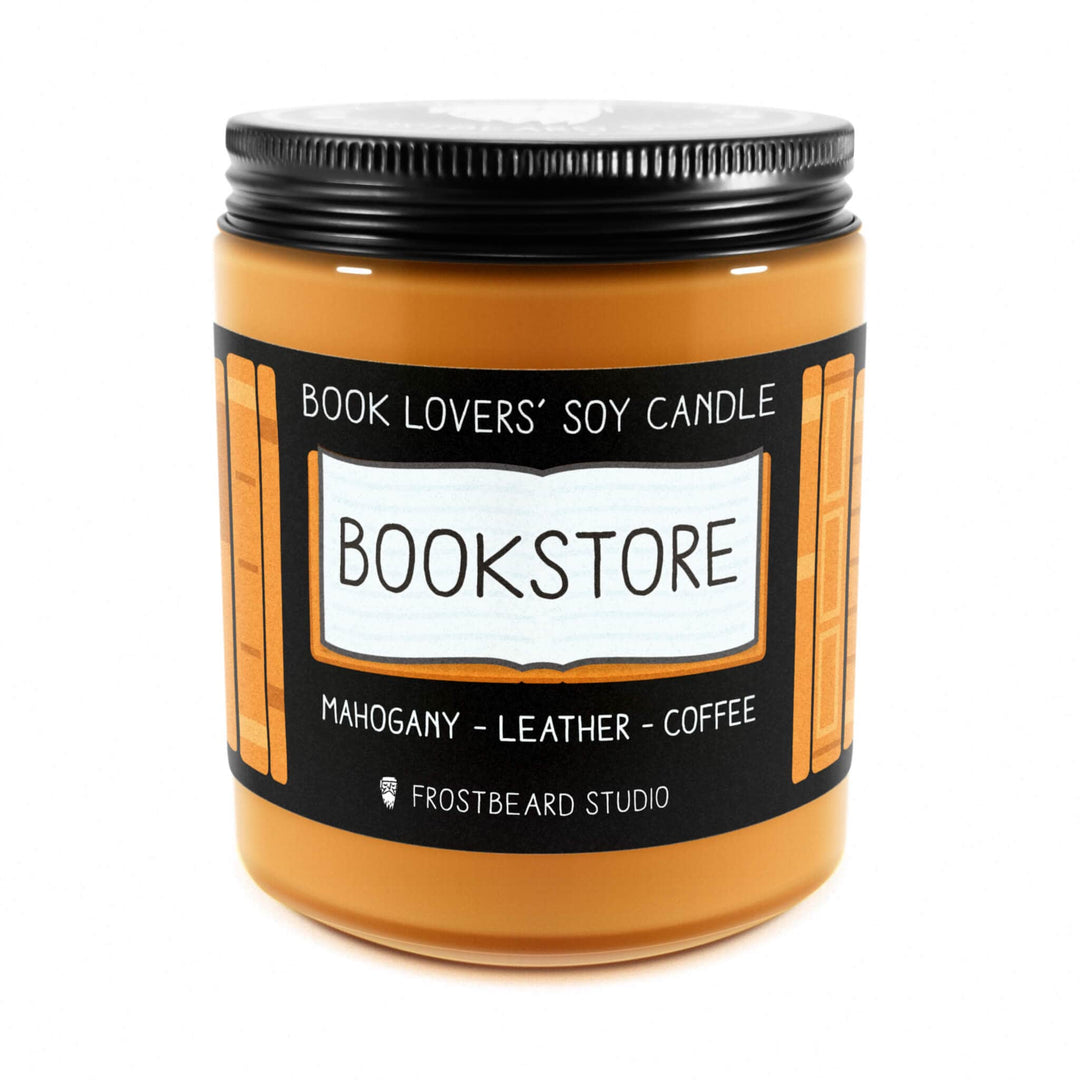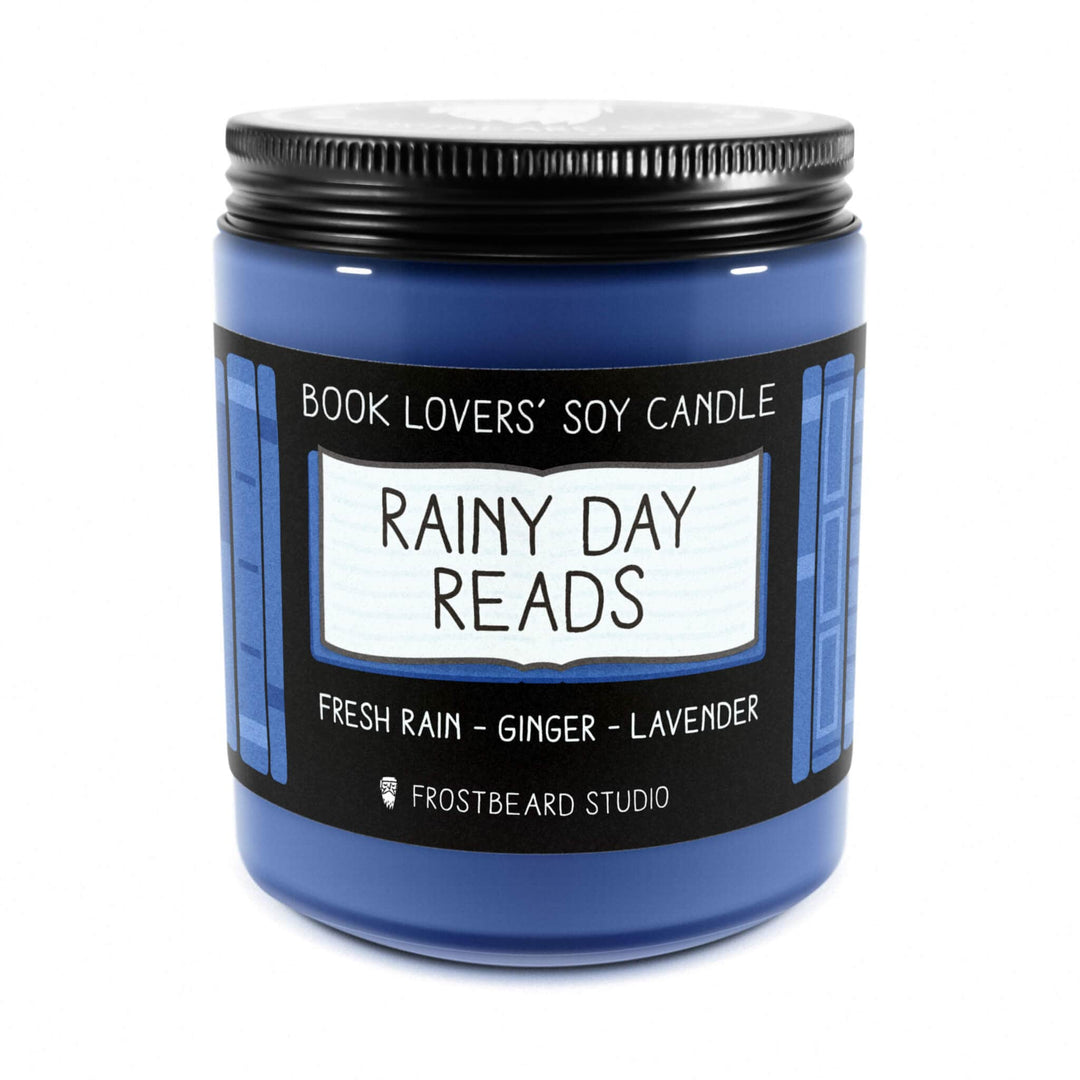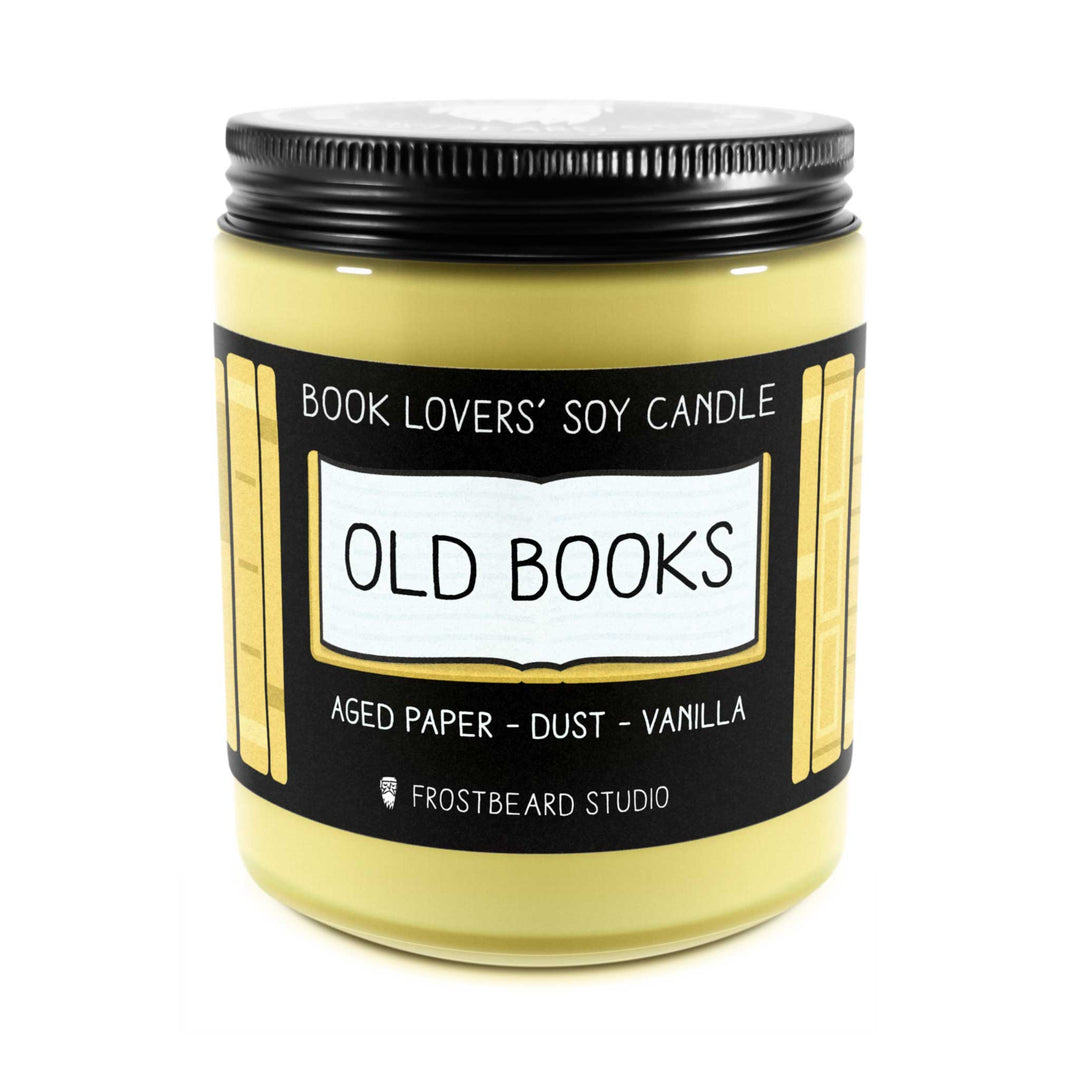The Ultimate Guide to Choosing the Best House Plants for Your Space
Introduction
When it comes to enhancing your living space, few things make as much of an impact as adding the best house plants. These green companions not only beautify your home but also contribute to improved air quality and mental health.
In a hurry? Here's a quick list of top picks for the best house plants:
- Snake Plant
- Golden Pothos
- Bamboo Palm
- Spider Plant
- Dracaena
Indoor gardening has gained popularity as many of us spend more time at home. This hobby offers a lot more than just a visual appeal. Plants like the Snake Plant and Spider Plant can remove toxins from the air, making it cleaner to breathe. It's like having a small, natural air purifier right in your room!
Moreover, tending to your plants can be a soothing activity, reducing stress and giving you something positive to focus on. According to experts like Amy Rothenberg, N.D., "plants can touch each of those essential areas of the body, the emotions and the spirit."
As you contemplate which plants to invite into your home, consider combining them with your beloved books. Not only will your space look more vibrant, but the plants will also help you create a more serene and inviting reading nook.

Best House Plants for Low Light Conditions
Not all homes or offices have the luxury of abundant natural light, but that doesn't mean you can't enjoy the beauty and benefits of indoor plants. Here are some of the best house plants that thrive in low light conditions.
Pothos (Epipremnum aureum)

Size: Vines 6 to 10 feet long
Water: Allow the top inch of soil to dry out between watering.
Fertilize: Use a balanced liquid fertilizer every 1 to 3 months.
Pothos, also known as Devil's Ivy, is one of the easiest houseplants to grow. It comes in a variety of foliage colors and patterns, making it a versatile choice for any decor. You can trim it to keep it compact, let it trail from hanging baskets, or train it up vertical supports. This plant is highly tolerant of low light but can grow faster in medium light.
Philodendron (Philodendron spp.)

Size: Vines up to 8 feet long
Water: Prefers evenly moist soil, but not soggy. Water if the top inch of soil is dry.
Fertilize: Apply a water-soluble houseplant fertilizer from spring through fall.
Philodendrons are another great option for low-light areas. They are similar to Pothos in care and appearance, with a variety of sizes, shapes, and colors. Although they tolerate low light, they thrive in medium to bright light, making them flexible for different parts of your home.
ZZ Plant (Zamioculcas zamiifolia)

Size: 2 to 3 feet tall
Water: Water every couple of weeks; overwatering can cause root rot.
Fertilize: Light feeders, so only fertilize every three months or so.
The ZZ Plant is a low-maintenance wonder. Its semi-succulent stems store water, making it drought-tolerant and perfect for forgetful plant owners. Its shiny, dark green leaves add a touch of elegance to any room, and it can thrive in low-light conditions, making it ideal for dim corners or rooms with minimal sunlight.
Prayer Plant (Calathea spp.)
Size: Up to 3 feet tall
Water: Keep evenly moist, but avoid soggy soil. Use distilled or filtered water if sensitive to tap water.
Fertilize: Once a month from spring through fall.
Known for its strikingly beautiful foliage, the Prayer Plant is a favorite among houseplant enthusiasts. Its leaves feature an assortment of patterns, colors, and shapes that can make any room pop. This plant is sensitive to its roots being disturbed, so repot only when necessary and do so in early spring.
Bird's Nest Fern (Asplenium nidus)

Size: Up to 2 feet tall
Water: Keep the soil evenly moist, but avoid water pooling in the center. Yellow leaves indicate overwatering.
Fertilize: Every 2 to 4 weeks from spring until fall with a diluted houseplant fertilizer.
The Bird's Nest Fern makes an excellent centerpiece with its elegant, upright fronds that unfurl from the center. It's perfect for humid environments like bathrooms and enjoys moderate humidity and temperatures around 70 degrees F. This fern adds a touch of tropical flair to any low-light space.
These low-light champions are not just easy to care for but also incredibly rewarding. Whether you're new to indoor gardening or looking to add more greenery to your space, these plants are sure to thrive and bring life to even the dimmest corners of your home.
Best House Plants for Medium Light
Medium light conditions are ideal for many popular houseplants. These plants thrive in indirect light, such as near an east-facing window or a few feet away from a south- or west-facing window. Here are some of the best house plants for medium light:
Fiddle Leaf Fig (Ficus lyrata)
Size: Up to 10 feet tall
Water: Water when the top inch of soil feels dry.
Fertilize: High-nitrogen fertilizer monthly from spring through fall.
The Fiddle Leaf Fig is a showstopper with its large, violin-shaped leaves. It can create a dramatic focal point in any room. However, it has a reputation for being finicky. It prefers east-facing windows and can be sensitive to changes in its environment. Make sure to rotate the plant occasionally to ensure even growth.
Pro Tip: Avoid placing it in direct sunlight, which can burn the leaves.
Rubber Plant (Ficus elastica)
Size: Up to 10 feet tall
Water: Keep soil evenly moist; water when slightly dry to the touch.
Fertilize: Every two weeks from spring through fall, monthly in winter.
Rubber Plants are known for their large, glossy leaves and can grow impressively tall. They are relatively easy to care for and can adapt to various light conditions but thrive best in medium light. Pruning can help control its size and encourage bushier growth.
Pro Tip: Wipe the leaves occasionally to keep them free of dust and shiny.
Tradescantia (Tradescantia spp.)
Size: Varies, usually up to 2 feet
Water: Keep soil evenly moist; do not let it dry out completely.
Fertilize: Monthly during the growing season.
Tradescantia, also known as Wandering Jew, is a fast-growing plant with vibrant, variegated leaves. It’s perfect for hanging baskets or as a trailing plant on a shelf. Tradescantia is quite forgiving and can tolerate a range of light conditions but shows its best colors in medium light.
Pro Tip: Pinch back the stems to encourage fuller growth and prevent legginess.
Monstera (Monstera deliciosa)
Size: Up to 8 feet tall
Water: Water when the top inch of soil is dry.
Fertilize: Monthly during the growing season.
Monstera, or the Swiss Cheese Plant, is a favorite among plant enthusiasts for its unique, perforated leaves. It thrives in medium light and can grow quite large, making it a striking addition to any room. Monstera is also relatively easy to care for, provided it has adequate humidity and occasional misting.
Pro Tip: Support its growth with a moss pole or trellis to mimic its natural climbing habit.
Watermelon Peperomia (Peperomia argyreia)
Size: Up to 12 inches tall
Water: Water when the top inch of soil is dry.
Fertilize: Every 4-6 weeks during the growing season.
The Watermelon Peperomia is named for its striking leaves that resemble watermelon rinds. It’s a compact plant, making it perfect for small spaces or tabletops. It prefers medium light and can tolerate lower light conditions, though its growth may slow down.
Pro Tip: Avoid overwatering, as Peperomia is prone to root rot.
These medium-light houseplants not only enhance the aesthetic appeal of your space but also contribute to a healthier indoor environment. Whether you're looking to make a bold statement with a Fiddle Leaf Fig or add a touch of whimsy with a Watermelon Peperomia, these plants are sure to thrive in your home.
Best House Plants for Bright Light
Bright light can transform a room, and the right house plants can make it even more vibrant. Here are some of the best house plants for bright light conditions:
Alocasia (Alocasia hybrids)
Size: 2 to 6 feet tall and wide, depending on the variety
Water: Keep the soil evenly moist during the growing season (spring through fall), but reduce watering in winter.
Fertilize: Use a diluted liquid houseplant fertilizer one to two times per month in spring and summer.
Alocasia, with its lush, tropical leaves, can be a stunning focal point in any sunny room. These plants thrive in bright light and high humidity. Consider using a humidifier or misting the leaves regularly to keep them happy.
Pro Tip: Alocasia loves humidity, so placing it in a bathroom with a sunny window can be ideal.
Snake Plant (Sansevieria spp.)
Size: 6 to 20 inches tall
Water: Allow the top inch of soil to dry completely before watering. Snake plants are very drought-tolerant.
Fertilize: Not necessary, but an occasional dose of all-purpose houseplant food in spring and summer can boost growth.
Also known as mother-in-law's tongue, this hardy plant is almost impossible to kill. It can tolerate a variety of light conditions, but it thrives in bright light. Its air-purifying qualities make it a great addition to any home.
Fun Fact: Snake plants can survive temperature fluctuations and lapses in watering, making them perfect for beginners.
Jade Plant (Crassula ovata)
Size: 12 to 18 inches tall for dwarf varieties
Water: Let the soil dry out between waterings. Water sparingly in winter.
Fertilize: Occasionally with a diluted liquid fertilizer from spring through early fall.
Jade plants are known for their longevity and ease of propagation. They do well in bright light and can live for decades with proper care. Their thick, fleshy leaves store water, making them quite drought-resistant.
Pro Tip: To propagate, let leaf or stem cuttings dry out for a few days and then plant them in cactus potting mix.
Spider Plant (Chlorophytum comosum)
Size: 6 to 8 inches tall, with cascading runners
Water: Water generously when the soil feels dry; reduce watering in winter.
Fertilize: Monthly during the growing season (early spring to late autumn).
Spider plants are incredibly easy to propagate. Just cut the baby spiders from their runners and place them in moist potting soil or a glass of water until roots form. They thrive in bright light and are excellent for hanging baskets.
Fun Fact: Spider plants are great air purifiers, removing toxins like formaldehyde and xylene from the air.
Kalanchoe (Kalanchoe blossfeldiana)
Size: Up to 12 inches tall
Water: Water every week or so when the soil feels dry.
Fertilize: Once or twice a year, in early spring and late autumn. Avoid fertilizing when in bloom.
Kalanchoes are known for their vibrant, long-lasting flowers. To encourage reblooming, pinch off spent flowers and give the plant a rest period with minimal watering and no fertilizing. After a month, new buds should start to form.
Pro Tip: Kalanchoes like bright light but can also tolerate a bit of direct sunlight, making them versatile for different spots in your home.
These bright-light houseplants not only add beauty to your space but also bring numerous benefits, from air purification to easy propagation. Whether you're looking for something low-maintenance like a Snake Plant or a show-stopper like Alocasia, these plants are sure to thrive in well-lit areas of your home.
Health Benefits of House Plants
House plants do more than just brighten up your space. They offer significant health benefits, from purifying the air to boosting oxygen levels and improving your mental well-being.
Plants That Purify the Air
Certain house plants are known for their ability to remove toxins from the air, making your home healthier.
-
Peace Lily: The Peace Lily (Spathiphyllum spp.) is a powerhouse when it comes to air purification. It effectively removes toxins like formaldehyde, benzene, and trichloroethylene from the air. According to a NASA study, Peace Lilies can significantly improve indoor air quality.
-
Snake Plant: Also known as Sansevieria trifasciata or mother-in-law’s tongue, the Snake Plant is another excellent air purifier. It can remove benzene, formaldehyde, and to a lesser extent, trichloroethylene. This hardy plant thrives in low light and requires minimal care.
-
English Ivy: Hedera helix, commonly known as English Ivy, is effective at reducing airborne mold and fecal matter particles, making it a great choice for homes with pets.
-
Spider Plant: The Spider Plant (Chlorophytum comosum) is non-toxic and easy to grow. It can remove a variety of pollutants, including formaldehyde, xylene, and toluene, making it a versatile choice for improving indoor air quality.
-
Dracaena: There are several varieties of Dracaena, all of which are great at removing pollutants like benzene, formaldehyde, and trichloroethylene. These plants are easy to care for and can adapt to different light conditions.
Plants That Boost Oxygen
Plants naturally produce oxygen through photosynthesis, but some are particularly good at boosting oxygen levels in your home.
-
Snake Plant: Besides purifying the air, the Snake Plant is also known for its ability to produce oxygen, even at night. This makes it a great plant for bedrooms, as it can improve sleep quality.
-
Spider Plant: The Spider Plant not only purifies the air but also increases oxygen levels, making it a dual-purpose plant for your home.
-
Peace Lily: In addition to its air-purifying qualities, the Peace Lily also helps increase oxygen levels, contributing to a fresher, more breathable environment.
Humidity Control
Plants can also help regulate indoor humidity, which is beneficial for both your health and the plants themselves.
-
Spider Plant: This plant releases moisture into the air, helping to maintain a healthy humidity level. This can be particularly useful in dry climates or during winter months when indoor air tends to be dry.
-
Peace Lily: Peace Lilies are known for their high transpiration rate, which means they release a lot of moisture into the air. This can help prevent dry skin and respiratory issues.
Psychological Benefits
Being around plants can have a positive impact on your mental health.
-
Improved Attention and Concentration: Studies have shown that exposure to live plants can improve attention and concentration. One study found that elementary school students showed improved focus and comfort when exposed to live plants compared to fake plants or pictures of plants.
-
Reduced Stress: Simply being around plants can reduce stress levels. The act of caring for plants can also provide a sense of purpose and relaxation.
-
Increased Humidity: Plants increase indoor humidity, which can help prevent the mucous membranes from drying out. This is beneficial for your respiratory system and overall health.
By choosing the right house plants, you can improve your indoor air quality, boost oxygen levels, control humidity, and enhance your mental well-being. Up next, we’ll answer some frequently asked questions about house plants to help you make the best choices for your home.
Frequently Asked Questions about House Plants
What is the best indoor plant for home?
Choosing the best indoor plant for your home depends on several factors like light availability, maintenance level, and personal preference. Here are some top choices:
-
Pothos: Also known as Devil's Ivy, this plant thrives in low light and requires minimal care. Its trailing vines and heart-shaped leaves make it a popular choice for beginners.
-
Snake Plant: Known for its resilience and air-purifying qualities, the Snake Plant can survive in a range of light conditions. It's also very low-maintenance, making it perfect for busy individuals.
-
Philodendron: This plant is easy to care for and can adapt to different light levels. Its lush, green foliage adds a touch of nature to any indoor space.
-
ZZ Plant: The ZZ Plant is incredibly hardy and can tolerate low light and infrequent watering. Its glossy leaves make it a stylish addition to any room.
Which indoor plant purifies the air the most?
Air-purifying plants can make a significant difference in your indoor air quality. According to NASA's Clean Air Study, here are some top performers:
-
Peace Lily: This plant is effective at removing pollutants like ammonia, benzene, and formaldehyde from the air. Plus, it has beautiful white blooms.
-
Snake Plant: Also known as Sansevieria, the Snake Plant can filter out formaldehyde, benzene, and trichloroethylene, making it an excellent choice for improving air quality.
-
Red-Edged Dracaena: This plant is particularly good at removing xylene, trichloroethylene, and formaldehyde from the air. Its striking red-edged leaves add a splash of color to your home.
What is the healthiest plant to have in your house?
When it comes to overall health benefits, some plants stand out for their ability to purify the air, boost oxygen levels, and improve mental well-being:
-
Snake Plant: This versatile plant not only purifies the air but also releases oxygen at night, making it ideal for bedrooms.
-
Spider Plant: Known for its air-purifying capabilities, the Spider Plant can remove pollutants like formaldehyde and xylene. It's also safe for pets.
-
Rubber Plant: This plant is great at removing toxins like formaldehyde from the air. It also has large, attractive leaves that can add a tropical feel to your space.
By incorporating these plants into your home, you can enjoy cleaner air, improved humidity, and a more relaxing environment. Up next, we'll explore how to enhance your reading experience with Frostbeard Studio products.
Enhancing Your Reading Experience with Frostbeard Studio
Creating a cozy reading nook is about more than just a comfy chair and a good book. The right atmosphere can make a huge difference. That's where Frostbeard Studio comes in. They offer literary candles that can transform your home ambiance into a book lover's paradise.
Why Choose Frostbeard Studio Candles?
Unique Themes: Each candle is inspired by a different book or literary theme. Imagine the scent of an old library or the aroma of a fantasy adventure filling your reading space. These scents don't just smell good; they set the mood for your reading journey.
Quality Craftsmanship: Frostbeard Studio candles are crafted with care. They offer a clean, long-lasting burn, so you can enjoy their comforting glow and delightful scents for extended periods.
Variety of Scents: Whether you prefer the cozy scent of old books or the invigorating essence of a forest, there's a candle for you. This variety ensures that you can find the perfect scent to match your book and mood.
How to Use Frostbeard Studio Candles for a Cozy Atmosphere
-
Select Your Scent: Think about the mood you want to create. For a relaxing evening, scents like lavender or vanilla can be incredibly soothing. For a more invigorating morning, citrus or pine might be the way to go.
-
Strategic Placement: Place your candles in areas where you spend the most time reading. A candle by your bedside or on your reading table can make these spaces feel more intimate and cozy.
-
Layer Scents: Don’t be afraid to burn different candles in different rooms. This can create a nuanced scent experience as you move through your home. Just make sure the scents complement each other.
-
Safety First: Always place your candles on a stable surface away from flammable objects. Never leave them burning unattended.
-
Pair with Decor: Use the candles as part of your decor. Pairing a candle with a stack of your favorite books or a cozy throw can amplify the cozy vibe.
Supporting Small Business
By choosing Frostbeard Studio, you're not just making your home cozier; you're also supporting a small business passionate about books, creativity, and fragrance. It's a win-win situation where you get to enjoy high-quality, handmade products while supporting the craft of candle making.
In Conclusion
Frostbeard Studio candles offer an easy and affordable way to boost the coziness of your home. With their unique scents, quality craftsmanship, and beautiful designs, they're perfect for anyone looking to create a warm and inviting atmosphere. Whether you're curling up with a good book or simply enjoying a quiet evening at home, these candles are sure to make your experience all the more enjoyable.
Next, let's answer some common questions about cozy home decor to help you further enhance your space.
Conclusion
Choosing the right plant for your home can make a big difference in your living space. Whether you're a seasoned plant parent or just starting out, selecting the best house plants to fit your environment and lifestyle is key.
Choosing the Right Plant
When picking house plants, consider your home's light conditions, your schedule, and your experience level. For low-light areas, plants like the Pothos or ZZ Plant are great choices. They thrive with minimal light and are forgiving if you forget to water them occasionally.
If you have medium light, plants like the Fiddle Leaf Fig or Rubber Plant can thrive and add a touch of elegance to your space. For those with bright, sunny spots, consider the Alocasia or Jade Plant, which flourish in well-lit environments.
Ongoing Care
Taking care of house plants doesn't have to be complicated. Here are some simple tips to keep your plants healthy:
- Watering: Most plants prefer their soil to dry out between waterings. Overwatering is a common mistake, so make sure to check the soil moisture before adding more water.
- Light: Ensure your plants are getting the right amount of light. Too much or too little can stress them out.
- Humidity: Some plants, like the Alocasia, thrive in humid conditions. Use a humidifier or mist the leaves regularly.
- Feeding: Use a diluted liquid fertilizer during the growing season (spring through fall) to give your plants the nutrients they need.
Enjoying Green Spaces
Integrating plants into your home decor can significantly boost your well-being. Studies show that plants can improve air quality, increase humidity, and even enhance concentration and mood. Imagine curling up with a good book, surrounded by greenery that brings a piece of the outdoors inside. It's a simple yet effective way to reconnect with nature, even in the heart of the city.
For an added touch of coziness, pair your green oasis with Frostbeard Studio's book-lovers' soy candles. The gentle glow and soothing scents create the perfect ambiance for relaxation and reflection.
In conclusion, choosing the right house plants and providing ongoing care can transform your home into a serene and inviting space. Enjoy the beauty and benefits of green living, and let your love for plants inspire every aspect of your home. Happy planting!








